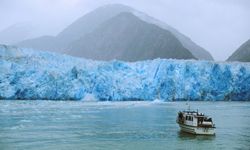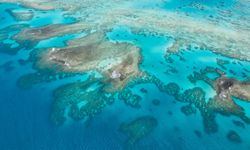If the plans for your next vacation revolve around a pool, a fruity drink and the pursuit of the perfect nap, you should save yourself some time and click over to 10 Home Remedies for Sunburn because this article is not for you.
But, if the idea of spending your vacation sitting by a pool (and not the resulting sunburn) makes you itchy, keep reading. You already know that relaxation and laziness are not the same things, and that a vacation is the perfect opportunity to challenge yourself and expand your horizons -- not your backside. You'd like a midnight buffet-free vacation, thank you very much.
Advertisement
Pretty much everyone agrees that all travel has the potential to be an adventure, but it's not always the adventure you want. I don't know about you, but I'd rather spend my time off tracking Galapagos tortoises than tracking the bags the airline lost when I connected in Cleveland. Almost all travel can be educational as well. The key to a good educational trip, however, is making sure you learn something worthwhile, as opposed to just how much your traveling companion snores.
There's nothing wrong with lounging by the pool, but for vacation photos that'll get an avalanche of "likes" on Facebook, you need to mix in some adventure. And, if you want a souvenir that won't get stolen, never decline in value and will always match your décor, you need to learn something. Combine adventure with knowledge and you have a nearly unbeatable trip. Here are 10 amazing educational travel adventures.




